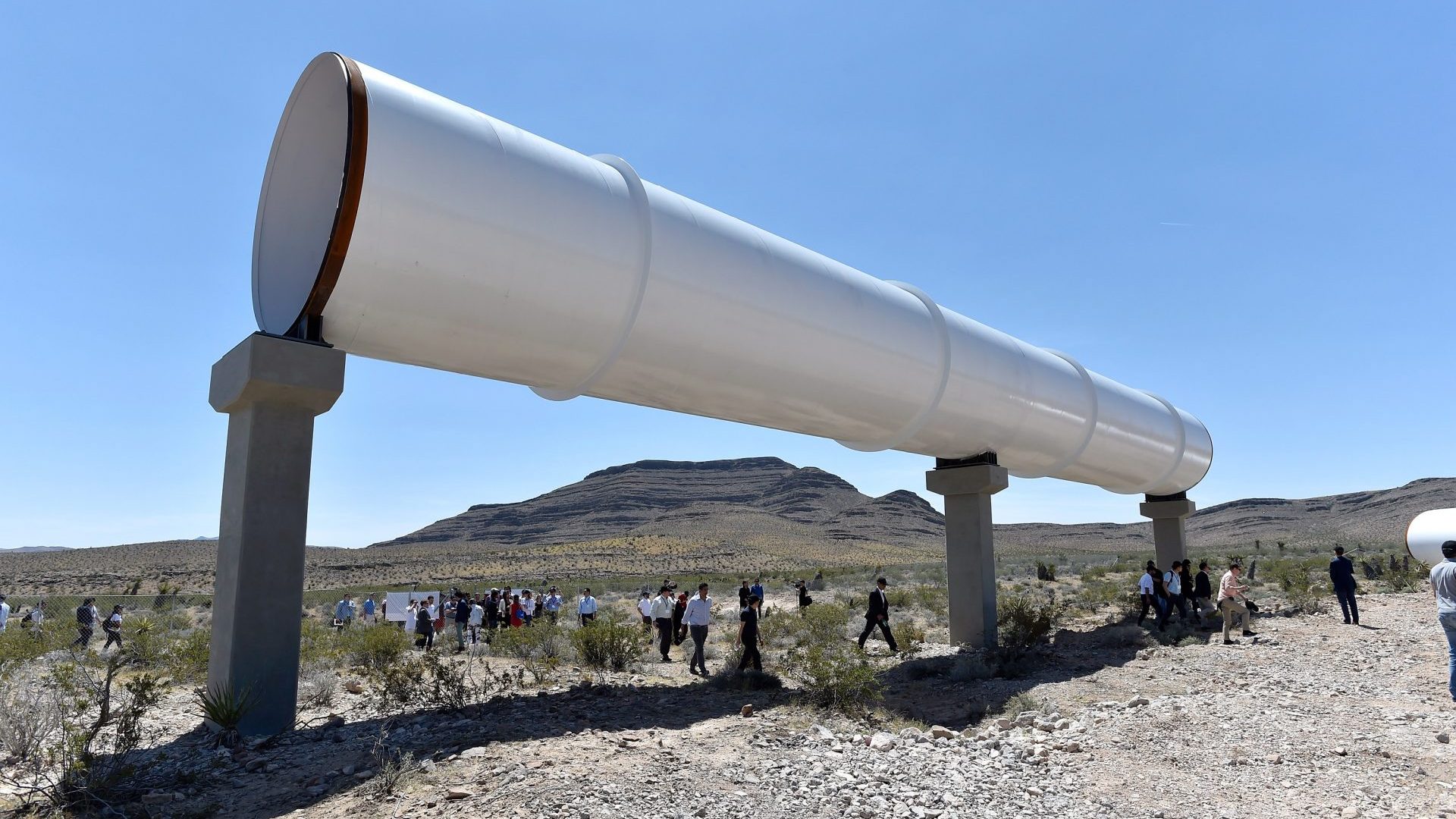

Australian lawmakers want to examine high speed rail as a way to make it easier for workers in high-rent cities such as Sydney and Melbourne to own a home. One proposal calls for eight entirely new cities to be built along a high-speed rail corridor between Sydney and Melbourne by 2050, to the tune of $200 billion. However, the Australian Parliament’s Committee on Infrastructure, Transport and Cities also wants the government to explore Elon Musk’s Hyperloop as a way to expand transportation networks at a fraction of the cost of rail.
More affordable housing accessible by hyperloop
As readers of The Drive likely know by now, a hyperloop transports passengers or cargo at supersonic speeds in a low-pressure frictionless tube, cutting travel time from hours down to minutes. The high-speed lines could open up new housing markets to workers in high-rent Australian cities, such as Melbourne or Sydney. The average price of a home in Sydney was $880,000 in June 2016, according to ABC News Australia. However, in Granville—a 40-minute train ride away—a two-bedroom home drops to $600,000, while a two-hour drive away in Goulburn, a four-bedroom home is only $420,000.
Commuters are already seeking out areas with more affordable housing. Goulburn mayor Geoff Kettle estimates there are approximately 2,000 people commuting daily from Goulburn to Canberra and Sydney, and notes that growth could be even stronger with improved transportation system linking the cities.
Construction costs could be covered by rising land value
Spreading out housing demand would also ease traffic and strain on infrastructure in cities as population density increases. Funds for the transportation network expansion could be raised by rising real estate values of newly created communities along the lines, according to Prime Minister Malcolm Turnbull.
Although hyperloops still have many engineering and construction challenges to overcome, they offer significant cost savings over traditional high speed rail; construction and operation costs are estimated to be 60 percent less than high speed rail, and a hyperloop could be financially viable at 15 percent occupancy. Once it gets off the ground…so to speak.